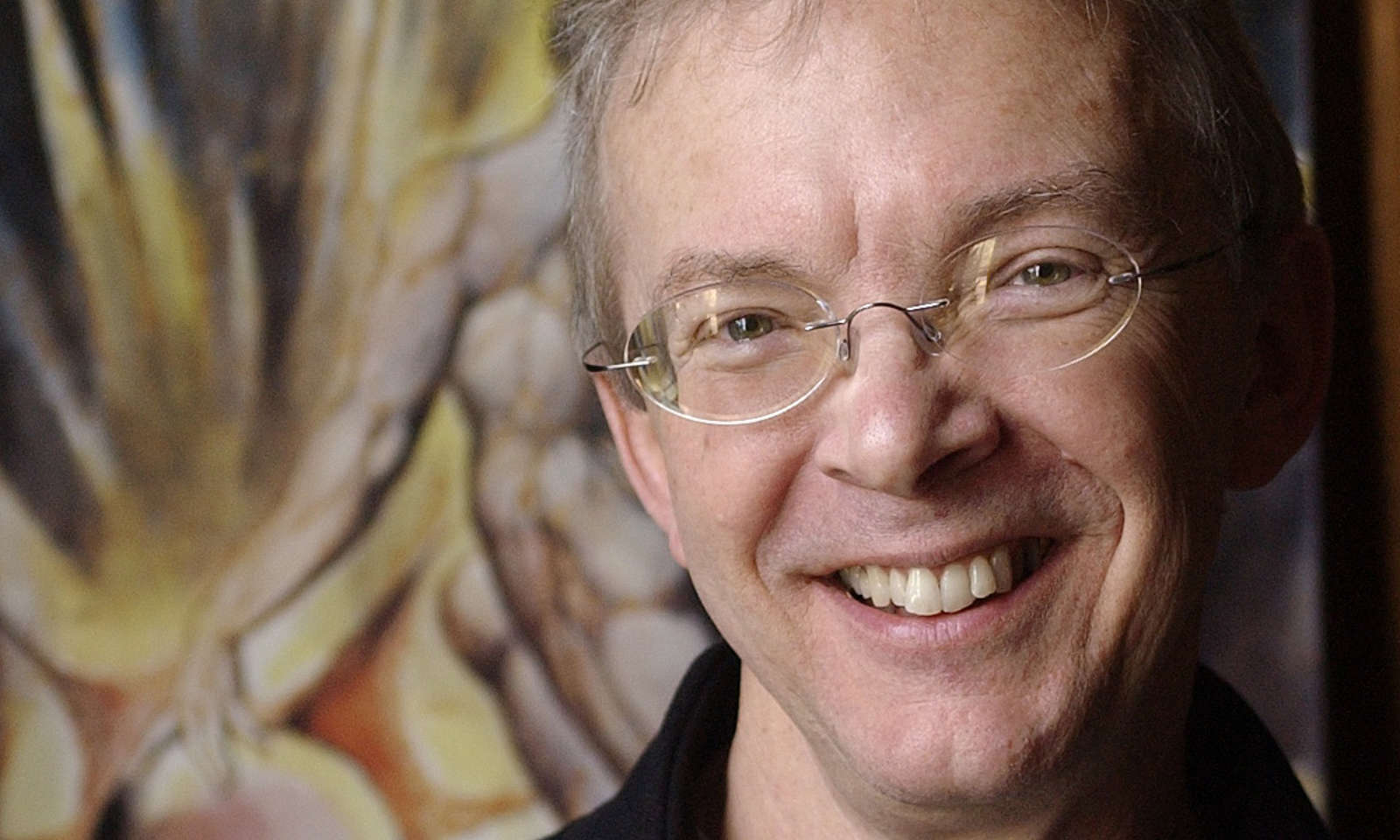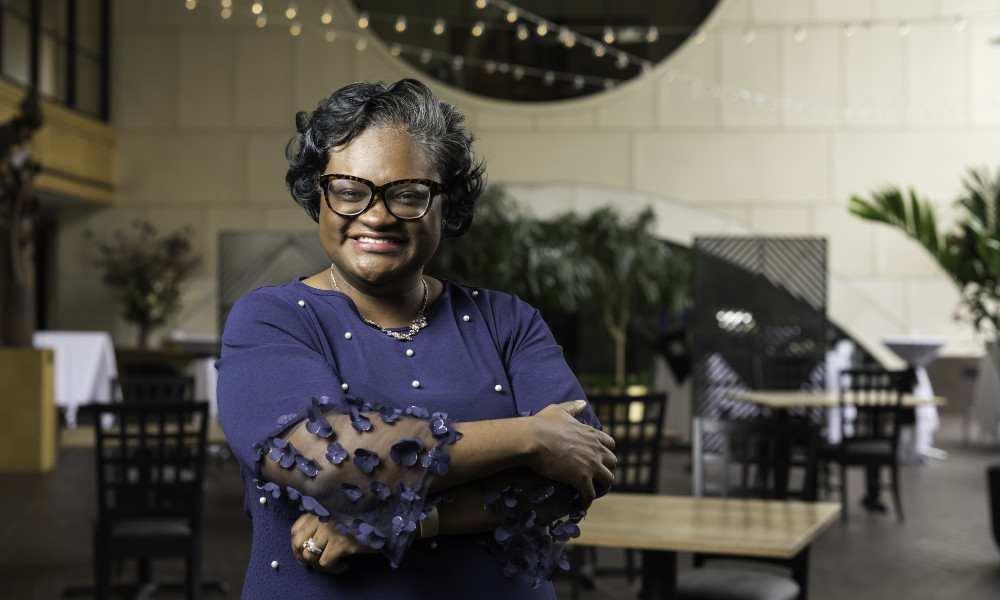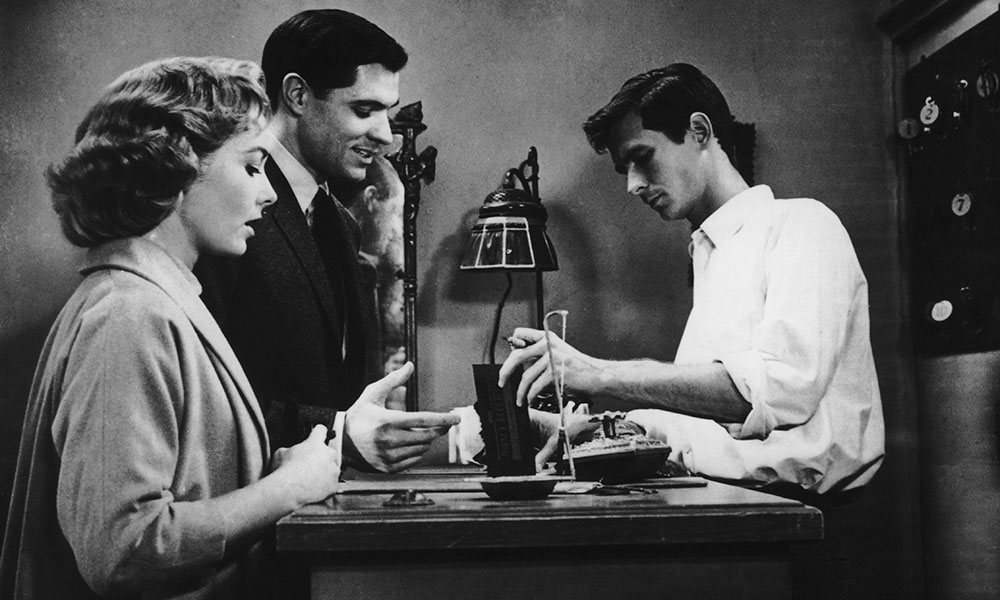Making their mark: This is one in a series of profiles celebrating members of Rochester’s graduating class of 2018.
Erin Dong ’18 knew from a young age that she wanted to study biology. While at the University of Rochester, she supplemented her coursework with stints as a volunteer in rehabilitation physical therapy at the Medical Center and as a research assistant in the School of Nursing. But what surprised her during her time at Rochester was that she also developed a love of dance, leading her to double major in both biology and dance.
For her senior capstone project, Dong created a dance called “The Beautiful Awful: Experiencing Grief Through Movement” that combines aspects of both her majors. Along the way, she learned important lessons about the creative process, taking risks, and the wisdom that can come from failure.
“I only started dancing when I came to college,” Dong says. “But I love how it’s this universal way of expression. In my senior project, I wanted to help people remember the loss they felt and experienced, connect to others who also shared that, and allow them to feel the emotions in their entire bodies, not just in their heads.”
Dong started her project by examining other performances, specifically Bill T. Jones’s piece “Still/Here” and “Dying and dying and dying” by dance company MBDance, who visited Rochester in January. For his piece, Jones hosted a series of “survivor workshops” with the terminally ill and had them map out their lives and deaths by moving in a space. “Dying and dying and dying” depicted various endings in life, such as the death of an individual and of a culture.
Inspired by Jones, “I realized that if I wanted to make something that spoke to a larger audience, I had to first find a topic that resonated with me,” Dong says.
It was around this time that her beloved grandmother, Peggy, passed away. Dong was at a dance conference in Boston, during which she saw a dance by students at Bates College called “That’s All, Folks.” The choreographers had asked people from all different backgrounds how they would spend their last days on Earth. The dancers’ movements mirrored the answers, which ranged from “sitting and watching the sun rise” to “eating a gallon of ice cream with my childhood sweetheart.”
“Seeing this dance is when I finally cried about my grandmother, because I was able to connect to the joy, but also the pain and the sadness, evident onstage,” Dong says. “The piece really coaxed out my emotion and gave me a safe space to feel.”
Dong realized she wanted to create a similar kind of space in her own dance—one in which people would have an outlet to grieve freely. She turned to her knowledge of anatomy and physiology to create a piece that incorporated not only the emotional aspects of the grieving process, but the physical symptoms as well.
The body is the dancer’s instrument; therefore, a sound understanding of the body’s anatomy, mechanics, and the functions involved in movement are important in dance, says Anne Harris Wilcox, a senior lecturer in the Program of Dance and Movement at Rochester and Dong’s faculty mentor.
“Both dance and biology foster the principle of connection, proving that nothing works in isolation. Any effect on a part of the body, affects the whole,” Wilcox says. “Erin’s second major, biology, is a fabulous partner to her dance and choreography research; it helped her appreciate the multi-dimensional understanding of the human body and its inter-connected systems.”
Dong researched the somatic symptoms associated with grief, such as fatigue, chest pains, and shortness of breath. During her first attempt to choreograph the dance, she used the stage to represent the human body and dancers to represent different emotions. She wanted audience members to be up on stage and have the dancers talk and interact with them.
“When I tried to put it all together, it turned out to be an epic fail,” Dong says, laughing. “I was trying to do too much, and I lost sight of the human-nature side of my piece.”
Dong overhauled the project to better satisfy her vision of a piece that would walk the audience through the grieving process, similar to the way a counselor might guide patients through talk therapy.
“It’s rare to see someone have the courage to scrap an idea and keep digging, but that’s exactly what Erin did,” Wilcox says. “She saw the wisdom in ‘failing’ and learned that knowing what doesn’t work is just as important in any process.”
In her second attempt, Dong collected qualitative data, asking individuals to describe their emotions and bodily sensations when they first heard they had lost a loved one. She modeled each section of her new dance after a different element of grief and included spoken text, taken verbatim from what people had told her when recounting their own experiences.
She incorporated lighting design to suggest various emotional elements: dancers are at times isolated, shadowed, or completely removed from the light. “The Beautiful Awful” also has the dancers move into the audience, the opposite of Dong’s original idea to have the audience move to the dancers. “You never ask a grieving person to meet you where you are,” she explains. “You want to meet them where they are in their grief.”
The final product is a meditation on grief that brings together science, emotion, and creative movement. But it’s the lessons she learned from the process that Dong will carry with her as she begins graduate studies. This summer she starts a three-year, doctoral-track program for physical therapy at the University of Pittsburgh.
“When it comes to dance you have to learn how to take risks and do new things, and that also translates to the rest of life,” she says. “Coming into college as a freshman, I was really timid and not very confident in myself. Dance has given me a lot more self-assurance.”




